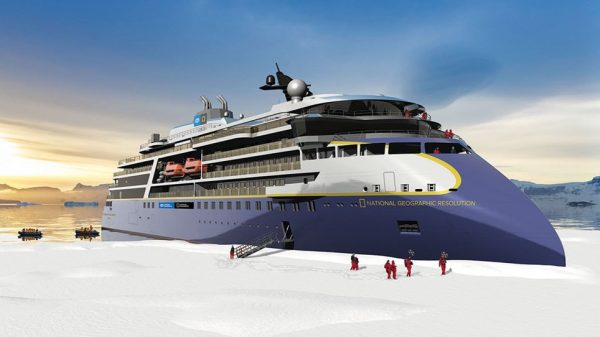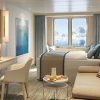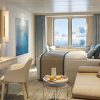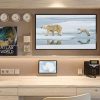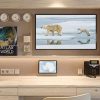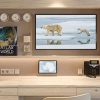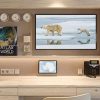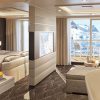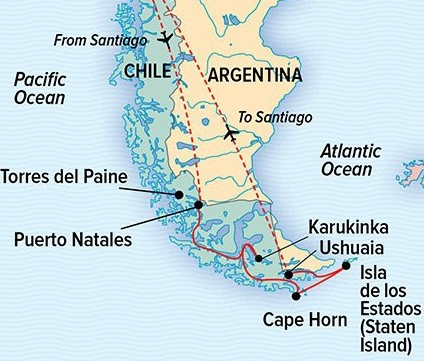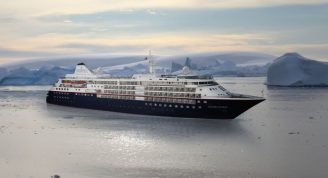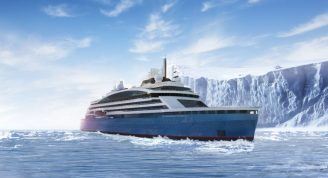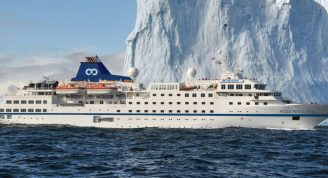Description
Optimize your Patagonia experience with a land and sea expedition. Savor the grandeur of Torres del Paine’s sunrises and sunsets, its iconic landscapes, and its profusion of wildlife during a three-day stay at the Tierra Patagonia Hotel & Spa or the outstanding Explora Patagonia Hotel Salto Chico. Then explore the fjords, glaciers, and panoramic vistas of Patagonia’s coast and waterways, which are only accessible by expedition ship. Venturing out on Zodiac forays, kayaking pristine fjords, or hiking virgin trails, you’ll breathe the rarified air of a mythic region. Enjoy special access to Argentina’s Isla de Los Estados (Staten Island)—a seldom-seen island covered in wind-sculpted flora with wildlife that includes South American fur seals and Magellanic penguins. Discover the vast parklands of Karukinka, and check viewing legendary Cape Horn off your life list as well.


